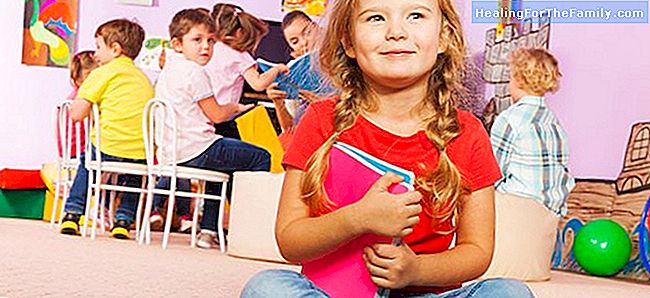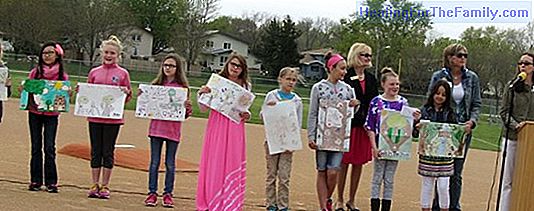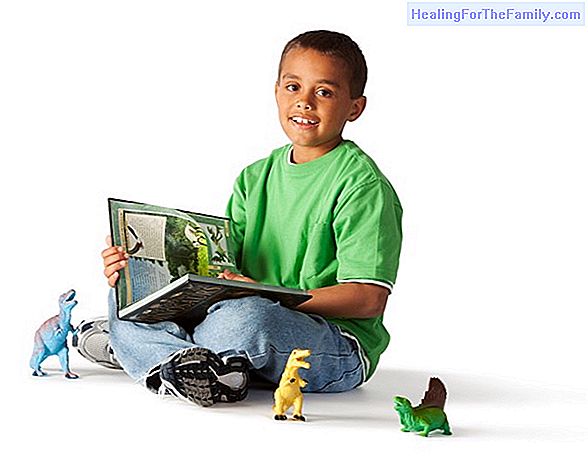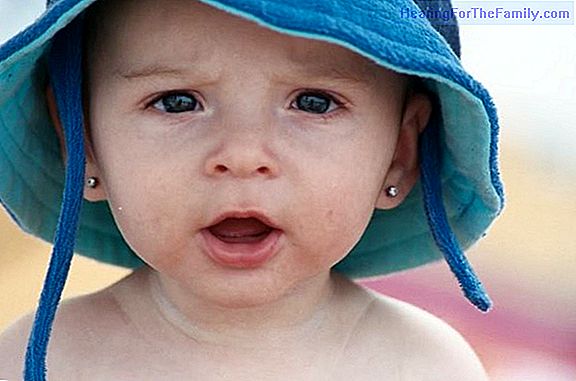Bilingual Opol method for children
The OPOL method was the first system that was recognized for the development of bilingual skills in babies . Its origin comes from families with members with different mother tongues, and emerged in a natural way. It was Maurice Grammont who first observed the results obtained when each of the paren
The OPOL method was the first system that was recognized for the development of bilingual skills in babies. Its origin comes from families with members with different mother tongues, and emerged in a natural way. It was Maurice Grammont who first observed the results obtained when each of the parents spoke to the baby in their own language.
His conclusion was that in this way the brain development of the perfect child was achieved, achieving total control of both languages before 5 years of age. This conclusion was reached in 1902. 110 years later it remains the most valid method in the development of bilingualism.
The development of the bilingual OPOL method for children and babies

In most families it is impossible to apply the system as it was designed. Over time, this system has been modified and adapted to teach a second language without the need for parents to speak different languages.
The development of the OPOL method has been carried to places where the child spends a significant percentage of his life before age 4. For this reason, nursery schools or nurseries are the ideal place for the development of a second language, in addition to the nannys that take care of the baby and apply the method.
Important points in the OPOL bilingual method for children
- It is very important that the child differentiates and associates each language with a person or an environment. It is a way to facilitate the work to the brain of the child, and that can focus more on the language. La - Constancy and routines are basic, children are exposed to a large number of stimuli on a daily basis, since most things are new to them, which means both distractions and valid information for their brain. Therefore, routines are necessary in learning a language, trying not to go more than two days without the child seeing the person speaking in English so that the brain does not see it as something sporadic.
- To achieve a good functioning in the OPOL method there must be a minimum of time to which the child has to be exposed, the ideal is that 50% is in each of the languages, something that is practically impossible since always we interact in a city or with more people that unbalance that ideal 50 percent. The minimum recommended for the secondary language is 30 percent, which is about 5 hours a day. El - The biggest drawback in learning English is to accustom the ear to the different accents that we can find, being very different an American accent from an English one, and even in nearby areas the pronunciation can vary tremendously. In fact, very few natives have a completely correct pronunciation of English. Therefore, it is important to rely on different supports such as videos, songs ... to help children in the understanding of different accents.
Curiosities of the OPOL bilingual method for children
The child may not want to speak in English other than the person who always speaks. To know if you are learning, we simply have to ask naturally in English. Although he answers in Spanish, we will see that he has understood the phrase perfectly.
At the beginning, it is normal for children to mix a word in both languages. We should not give importance, we can repeat the phrase with the word in the correct language, but not to correct him, since his brain is still placing all the information in different sections. In the bilingual child receiving more information than a monolingual child, the language acquisition process, being in two languages, can be delayed a little more.












